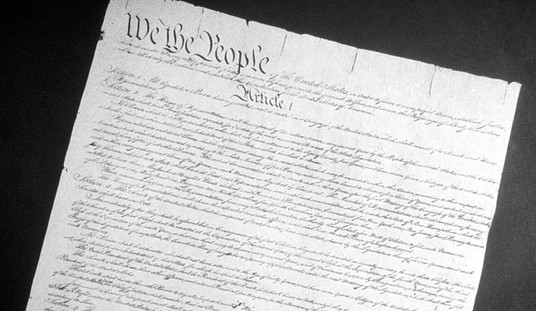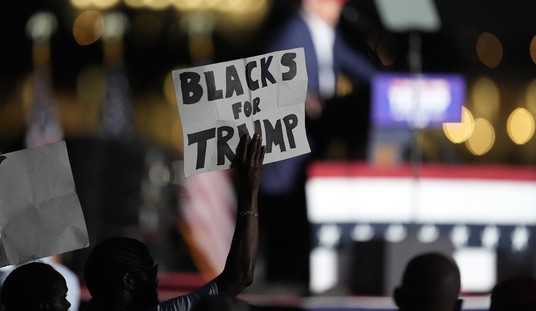The Supreme Court has handed down one of its most-anticipated rulings of the term in a case related to Second Amendment restrictions and domestic violence.
In United States v. Rahimi, the Supreme Court declined to hold unconstitutional a federal law that bars a person with a domestic violent restraining order from possessing a gun. Justice Clarence Thomas was the sole dissenting vote, and several Justices wrote concurring opinions. Chief Justice John Roberts wrote the majority opinion.
At the center of the case is Zackey Rahimi, who was found to be violating federal law by possessing a firearm while under such a restraining order. The original restraining order was granted after he attacked his then-girlfriend, shoved her into his car (where she hit her head) and threatened her with a gun. He then violated the restraining order and also threatened another person with a gun.
"When an individual has been found by a court to pose a credible threat to the physical safety of another," the Supreme Court's ruling holds, "that individual may be temporarily disarmed consistent with the Second Amendment."
In his opinion, Roberts says that lower courts have "misinterpreted recent rulings" on the Second Amendment handed down by the nation's highest court.
Nevertheless, some courts have misunderstood the methodology of our recent Second Amendment cases. These precedents were not meant to suggest a law trapped in amber. As we explained in Heller, for example, the reach of the Second Amendment is not limited only to those arms that were in existence at the founding. 554 U. S., at 582. Rather, it “extends, prima facie, to all instruments that constitute bearable arms, even those that were not [yet] in existence.” Ibid. By that same logic, the Second Amendment permits more than just those regulations identical to ones that could be found in 1791. Holding otherwise would be as mistaken as applying the protections of the right only to muskets and sabers.
As we explained in Bruen, the appropriate analysis involves considering whether the challenged regulation is consistent with the principles that underpin our regulatory tradition. 597 U. S., at 26–31. A court must ascertain whether the new law is “relevantly similar” to laws that our tradition is understood to permit, “apply[ing] faithfully the balance struck by the founding generation to modern circumstances.” Id., at 29, and n. 7. Discerning and developing the law in this way is “a commonplace task for any lawyer or judge.” Id.
Thomas, however, dissents largely on the grounds of due process, though he also notes that he feels the majority opinion is the opinion that doesn't properly account for their own recent rulings.
"After New York State Rifle & Pistol Assn., Inc. v. Bruen, 597 U. S. 1 (2022), this Court’s directive was clear: A firearm regulation that falls within the Second Amendment’s plain text is unconstitutional unless it is consistent with the Nation’s historical tradition of firearm regulation," Thomas wrote. "Not a single historical regulation justifies the statute at issue, 18 U. S. C. §922(g)(8). Therefore, I respectfully dissent."
He went on to further explain his disagreements where due process is concerned.
Just as important as §922(g)(8)’s express terms is what it leaves unsaid. Section 922(g)(8) does not require a finding that a person has ever committed a crime of domestic violence. It is not triggered by a criminal conviction or a person’s criminal history, unlike other §922(g) subsections. See §§922(g)(1), (9). And, §922(g)(8) does not distinguish contested orders from joint orders—for example, when parties voluntarily enter a no-contact agreement or when both parties seek a restraining order.
In addition, §922(g)(8) strips an individual of his ability to possess firearms and ammunition without any due process.1 Rather, the ban is an automatic, uncontestable consequence of certain orders. See §922(g) (“It shall be unlawful for any [qualifying] person [to] possess in or affecting commerce, any firearm or ammunition”). There is no hearing or opportunity to be heard on the statute’s applicability, and a court need not decide whether a person should be disarmed under §922(g)(8). The only process §922(g)(8) requires is that provided (or not) for the underlying restraining order.
The ruling means that federal law regarding domestic violence restraining orders still applies, and that those under such orders are not to possess a firearm or risk being in violation of the law, as Rahimi was.
Editor's Note: This article was updated post-publication for clarity.












Join the conversation as a VIP Member